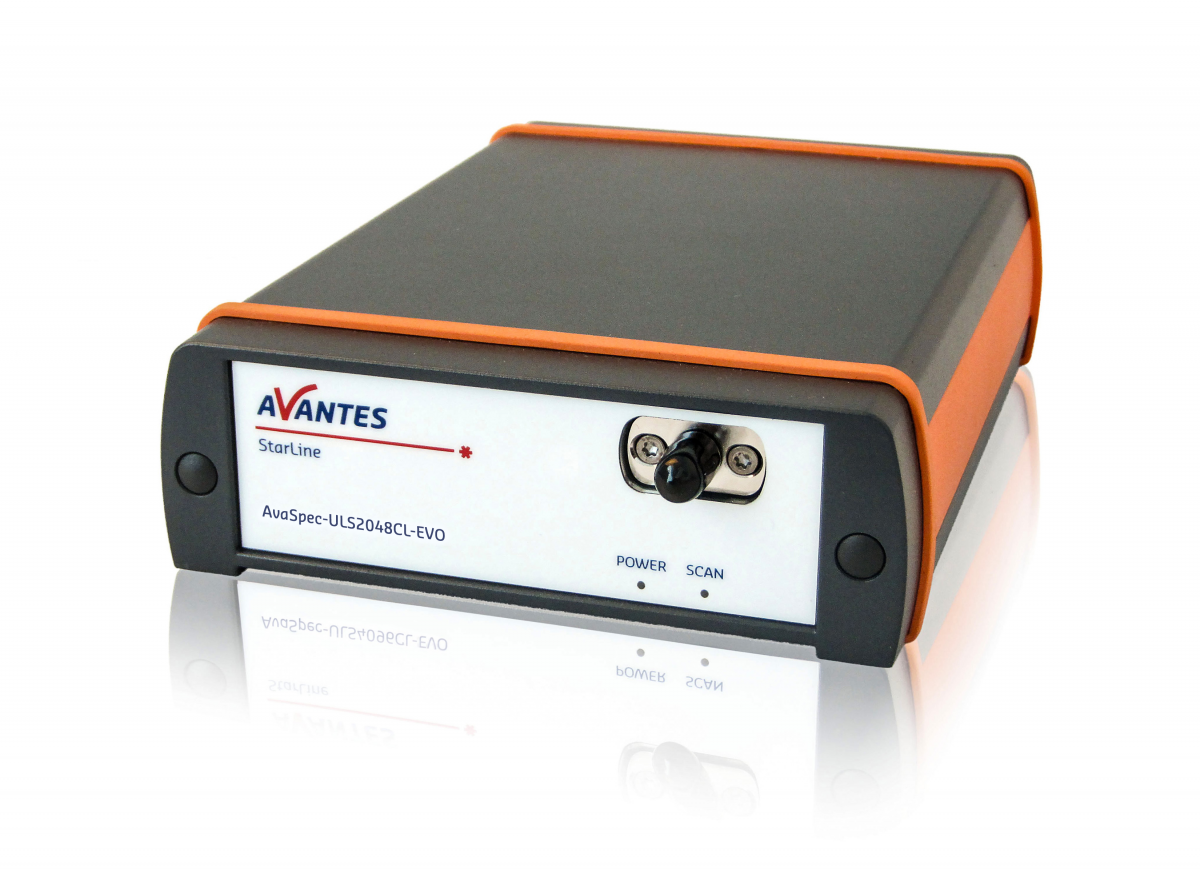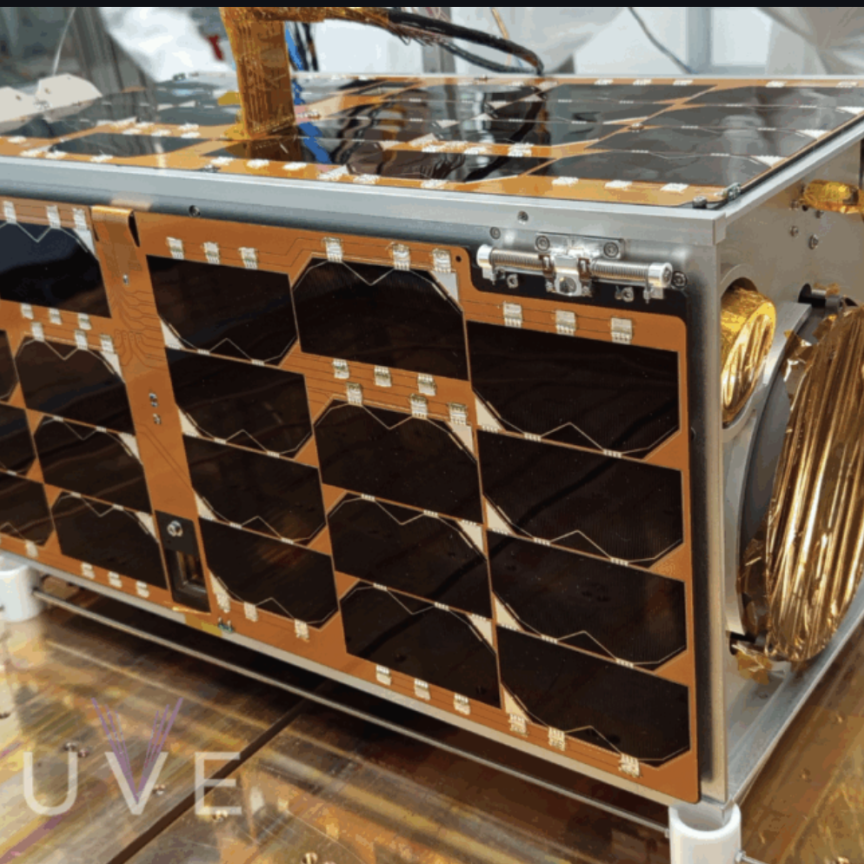Spectroelectrochemistry is a set of multi-response analytical techniques in which complementary chemical information can be obtained in a single experiment. It is able to provide a whole vision of the phenomena that take place in the electrode process.
The techniques date back to the 1960s, with the first recorded spectroelectrochemical experiment carried out by Theodore Kuwana and a team of researchers in 1964. The team had begun to work with transparent electrodes to study a process that involved measuring charge and absorbance simultaneously when a beam of light passes through an electrode. The experiment led to the development of transparent electrodes to carry out combinations of optical and electrochemical experiments.
Spectroelectrochemistry is largely based on electrochemistry and spectroscopy techniques. In more recent years, the technique has grown in popularity, thanks to the increase in its versatility, as it can perform several electrochemical techniques in different spectral regions depending on the purpose of the study and required information.
Some of the technique’s key advantages include the ability to obtain simultaneous information using different techniques in a single experiment, as previously mentioned. This can increase the selectivity and the sensitivity. It also allows for both qualitative and quantitative information to be obtained. Spectroelectrochemistry also enables the possibility of working with a small sample and saving it for future analysis.
Because of the increased versatility and various benefits, a number of different applications and use cases have become available, including the study of reaction mechanisms, where both oxidation and reduction involved in the reaction can be observed, as well as the generation of reaction intermediates. It is also used in the characterisation of organic and inorganic materials and the development of spectroelectrochemical sensors. Different processes and molecules in biotechnology, biochemistry or medicine can also be studied, while specific properties and characteristics of new materials in fields such as energy or nanotechnology can be determined.
Spectroelectrochemistry products on the market now
Vendors of products in the spectroelectrochemistry market include Agilent Technologies. Its 8700 LDIR Chemical Imaging System provides a rapid and simplified path to molecular imaging using Quantum cascade laser (QCL) coupled with rapidly scanning optics, replacing the globar based interferometer and focal plane array detectors of traditional FTIR imaging systems. Applications include compositional analysis of pharmaceutical tablets, microplastics, laminates, tissues and fibres.
ALS provides researchers with a range of products for electrochemistry and spectroelectrochemistry applications, including Ring-Disk Electrode apparatus, Faraday cage (CS-3A), Spectrometer (SEC2020) and Portable Hydrogen Generator (H2G1). The company also offers a number of spectroelectrochemical cells, Quartz Crystal Microbalances cell/Quartz crystal (QCMT/EQCMT) and Electrodes/ Accessories for EC measurement.
Avantes has a wealth of experience in developing custom-designed systems for chemistry applications for researchers. The company’s instruments perform exceptionally well in spectroelectrochemistry applications due to the sophisticated electronics controls facilitated by its AS7010 (EVO) electronics and accompanying controlling software.
BASi’s spectroelectrochemical cell is the combination of a thinlayer electrochemical vessel and a quartz cuvette (two path lengths are available, 1mm and 0.5mm) designed to be used in a standard UV-VIS spectrometer. It allows the monitoring, in real time, of chromic changes associated with a reduction/oxidation reaction, including reactant, intermediate(s) and/or final products by spectroscopic means.
The Vertex 80 and the Vertex 80v vacuum FT-IR spectrometers from Brucker are used in spectroelectrochemistry applications. They are based on the actively aligned UltraScan interferometer, which provides peak spectral resolution. The Vertex 80v is an evacuated optics bench that can eliminate atmospheric moisture absorptions for ultimate sensitivity and stability, enabling demanding experiments such as high resolution, ultra-fast rapidscan, step-scan, or UV spectral range measurements. The Vertex 80/80v optics design allows peak flexibility and at the same time peak instrument performance. The Optics DigiTect technology prevents external signal disturbance, guarantees peak signal-to-noise ratio and allows easy and reproducible detector exchange by the instrument user.
Gamry’s spectroelectrochemistry systems are the Spectro-115UTM (200 – 850nm), Spectro-115ETM (350 – 1,000nm) and i-Raman (532 or 785nm laser). Each system uses a miniature CCD spectrometer, USB 3.0 communication and temperature compensation. These fibre-based spectrometers can be easily configured for absorption or transmission. The UV-VIS systems interface with a deuterium/ tungsten light source that has a spectral output of 200 – >1100nm and can be configured to provide both D2 and W. The light source also includes a safety shutter. Gamry Instruments are available through distribution partner, B&W Tek.
Hamamatsu mini-spectrometers are compact and low cost spectrometers (polychromators). There are more than 20 types covering the spectral range, from UV to NIR. Suitable for applications such as environmental measurement, colour measurement, quality control in production lines, information devices and chemistry. The company’s FTIR engine has a Michelson optical interferometer and control circuit built into a palm-sized enclosure. Spectrum and absorbance can be measured by connecting a PC via USB. The FTIR engine will assist in creating portable, handheld FTIR spectrophotometers for analytical applications.
Magnitude Instruments develops and manufactures nanosecond, transient absorption spectrometers with high sensitivity and rapid data collection, enabling advances in chemistry, energy, electronics and biological research. Spectrometers have probe wavelength ranges spanning the UV to mid-IR.
Metrohm provides instruments and know-how for chemical analysis, including application support, lab and process solutions, service and training. Its range of products for spectroelectrochemistry include instruments for Raman, UV-VIS and NIR spectroelectrochemistry. It also offers spectroelectrochemistry cells and accessories. The company’s DropView Spelec software is designed to control the equipment, allowing for experiment synchronisation and high-performance of data treatment, including functions such as combined experimental control, real-time spectra display, advanced file handling of electrochemical and optical measurements.
Pine Research Instrumentation specialises in electrochemical research instrumentation. The company’s integrated UV-VIS spectroelectrochemical system allows the control of a potentiostat and spectrometer from a single software application to ensure proper timing integration, seamless operation and ease of use. Its AfterMath software interfaces to the Avantes fibre-optic based AvaSpec-ULS2048-EVO UV/Vis spectrometer. The kit includes: spectroscopy instrumentation in the AvaSpec-ULS2048-EVO UV/ Vis spectrometer; Pine Research’s own spectroelectrochemical cell with a patterned ‘honeycomb’ electrode that mounts easily inside a thin-layer quartz cuvette; and electrochemical instrumentation in the WaveNow or WaveDriver series potentiostat.

Avantes: featured spectroelectrochemistry product
Chemical applications for spectroscopy are innumerable and increasing every day. Chemical reactions are dynamic processes that present unique challenges, ranging from temperature fluctuations to corrosive and caustic attributes, which require robust analytical techniques and tools. Monitoring chemical reactions in the food/ beverage, petroleum, semiconductor and chemical industry provide a valuable tool for quality control. Non-invasive and in-situ spectroscopy analysis facilitated by Avantes’ instruments and accessories provides real-time, high-speed measurements of chemical processes.
A much-used spectrometer in chemistry applications is the AvaSpec-ULS2048CL-EVO. Using CMOS instead of the conventional CCD technology, this spectrometer is ready for the future. Besides the high-speed communication options, the instrument offers a fast microprocessor and 50 times more memory capacity to store more spectra onboard and realise more functionality. Options include a detector collection lens to enhance sensitivity in the 200-1100 nm range, a wide range of slit sizes, gratings and fibre-optic entrance connectors. It comes complete with AvaSoft-Basic software, a USB cable and an extensive manual. Find out more about the AvaSpec-ULS2048CL-EVO by visiting the Avantes website.


